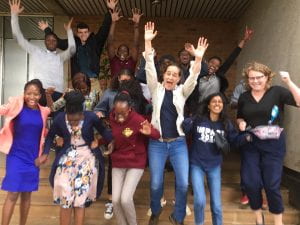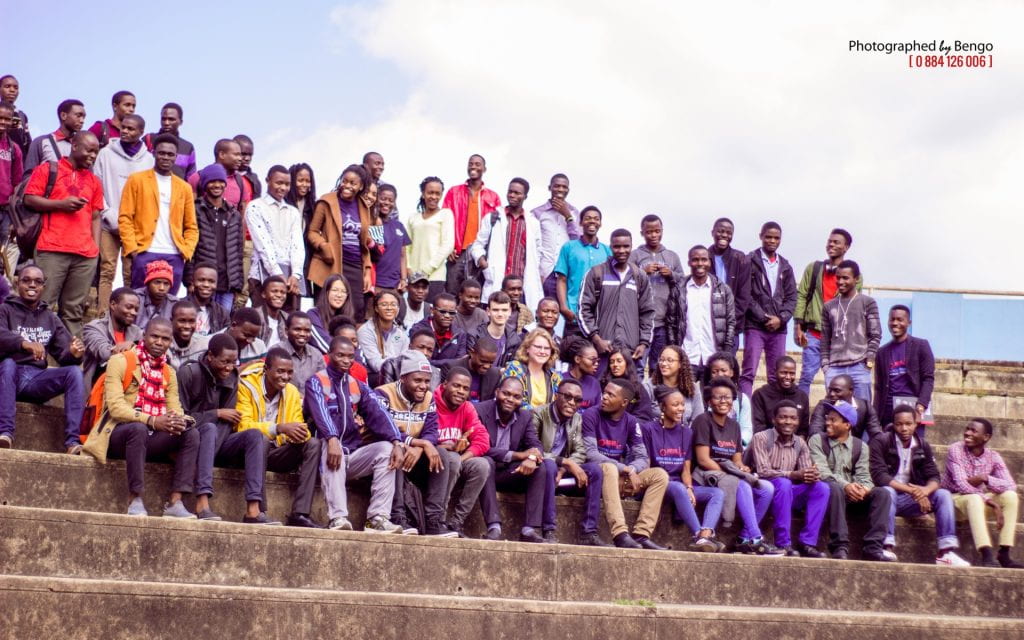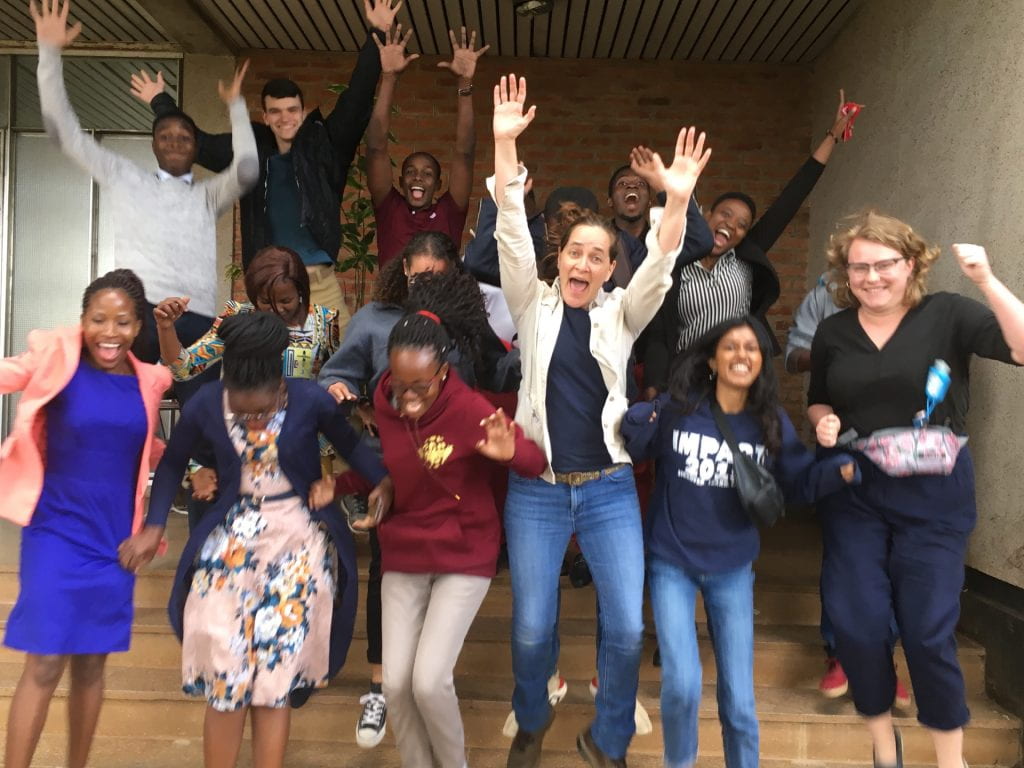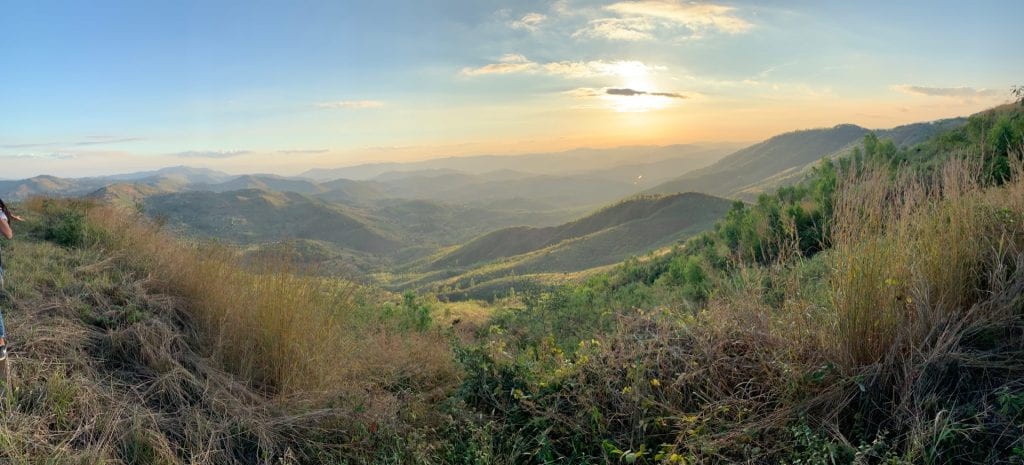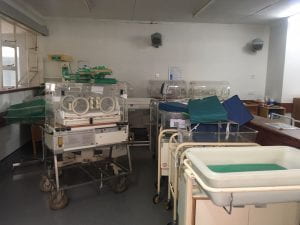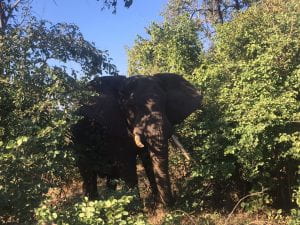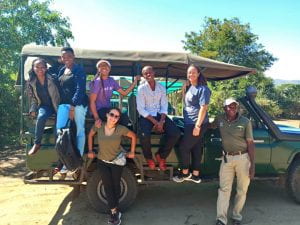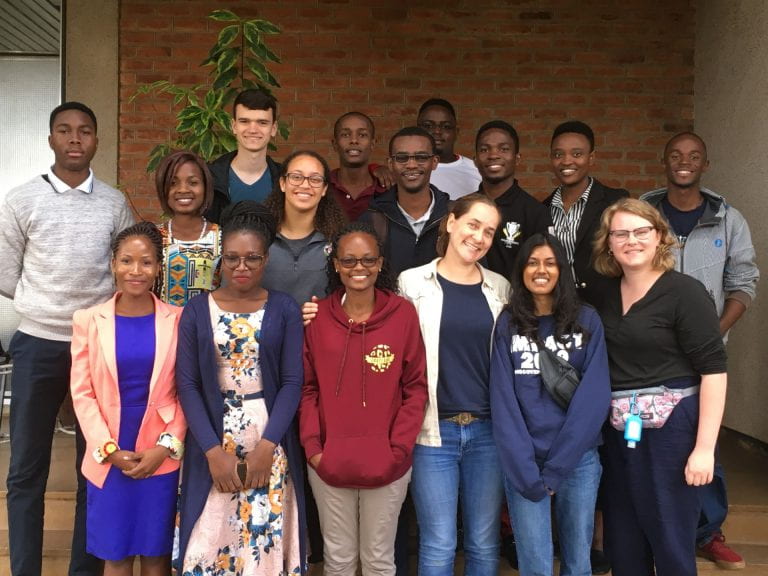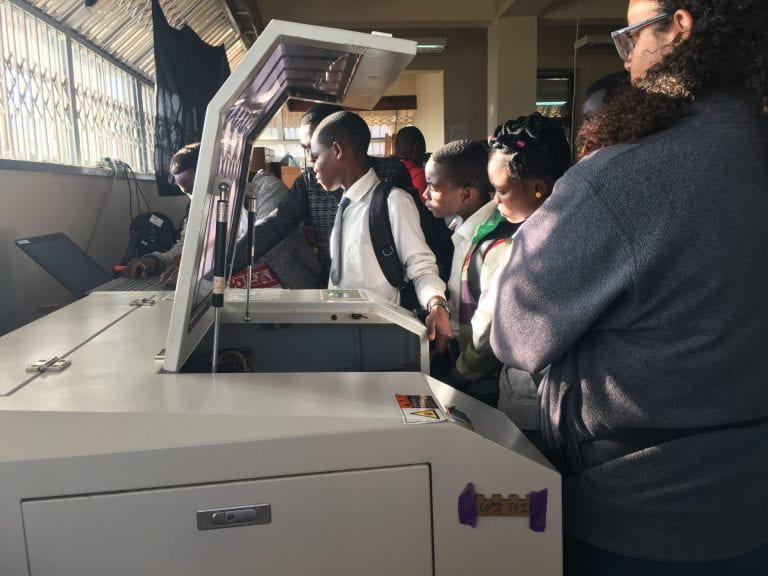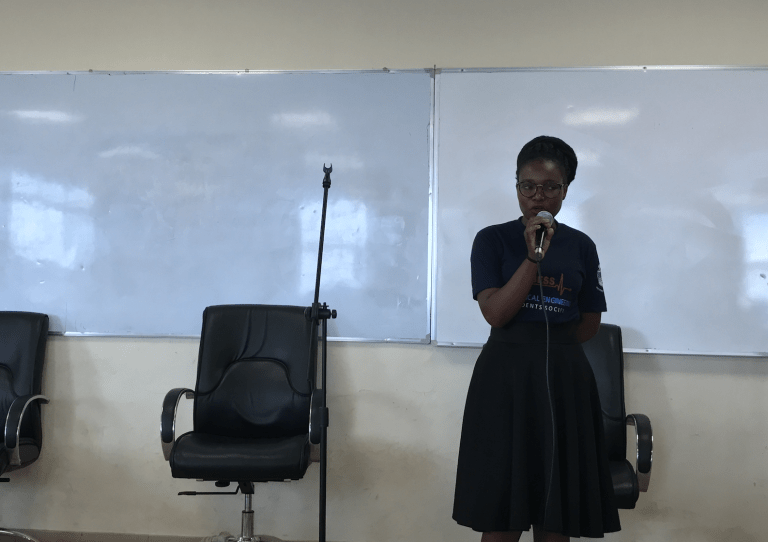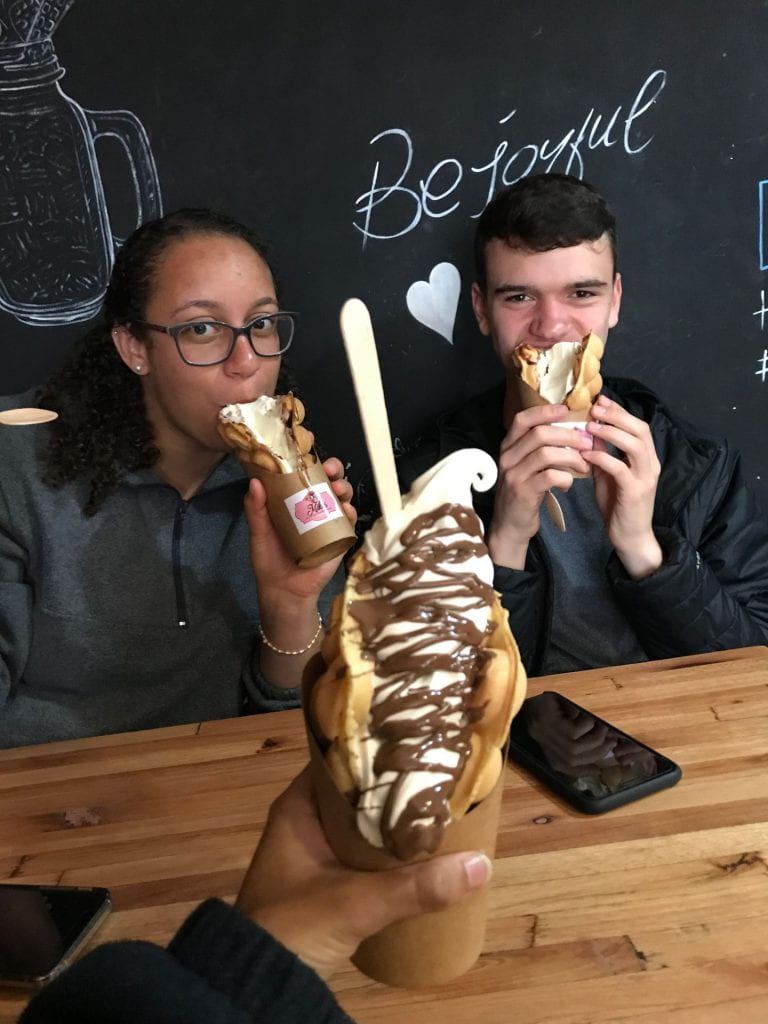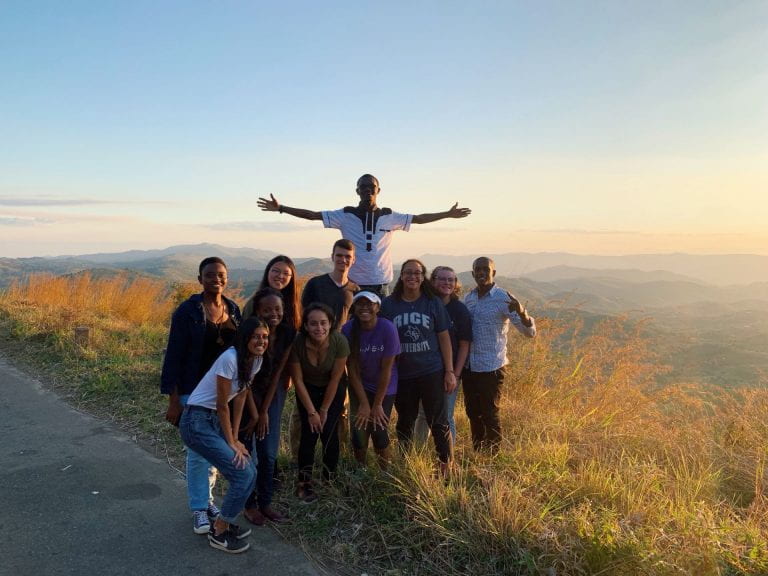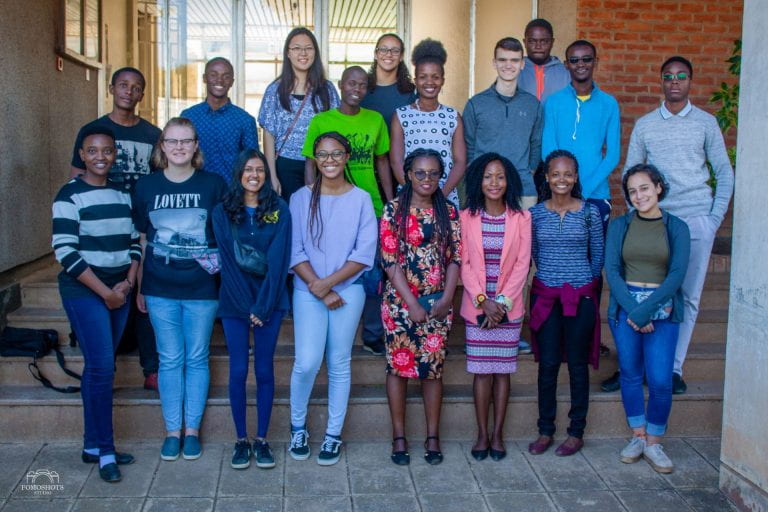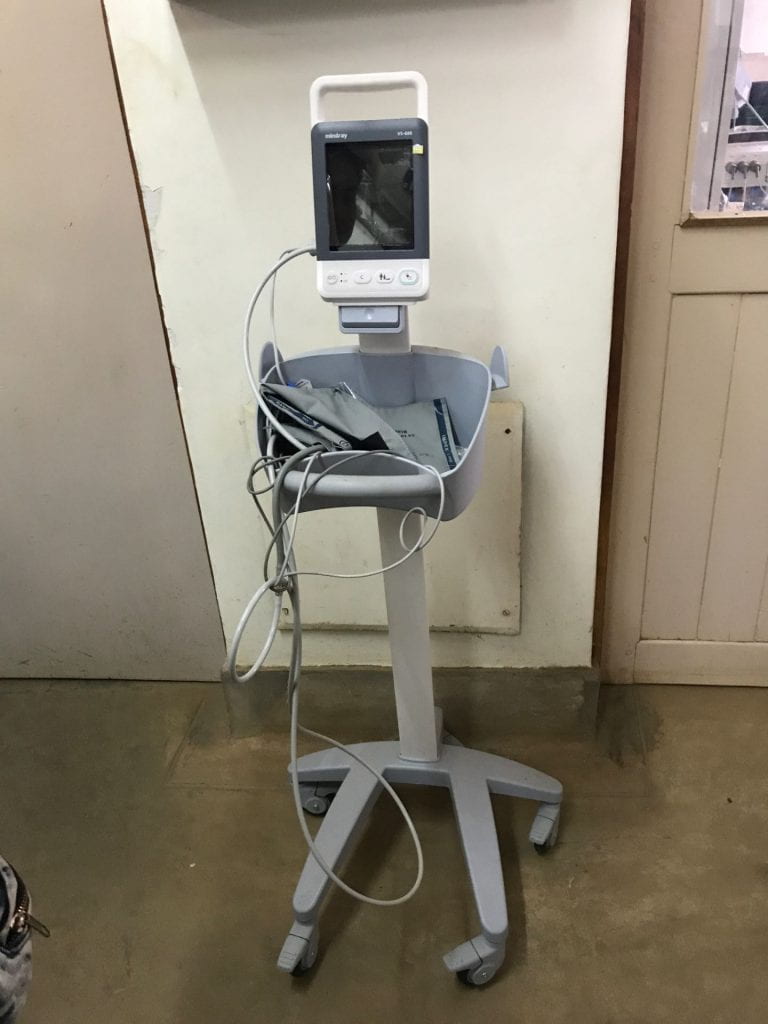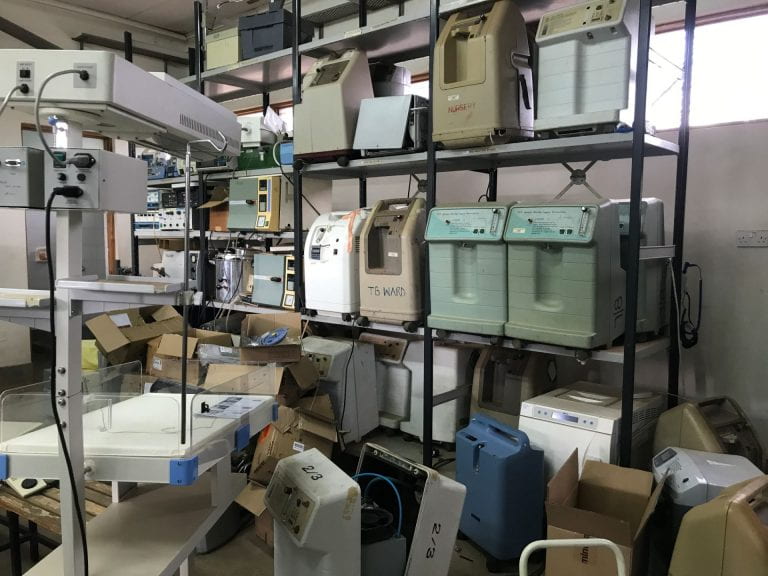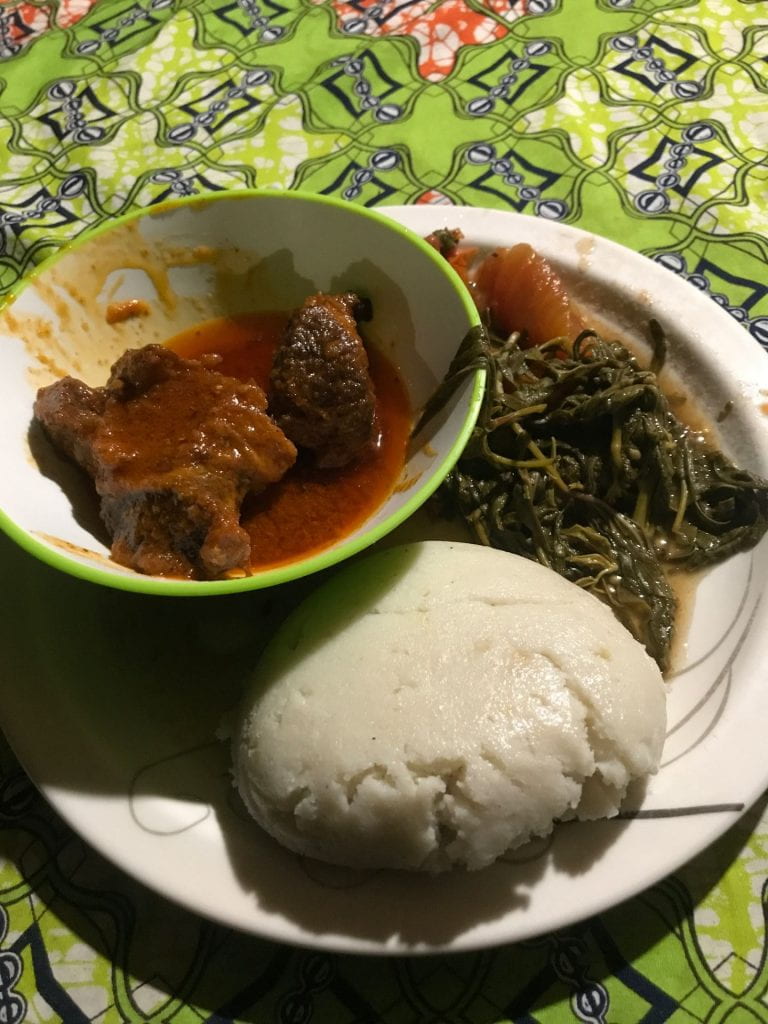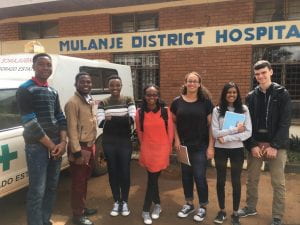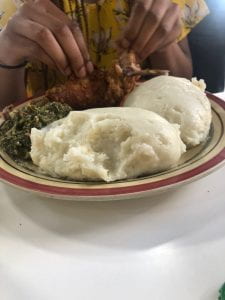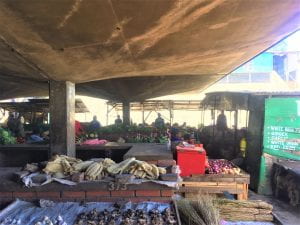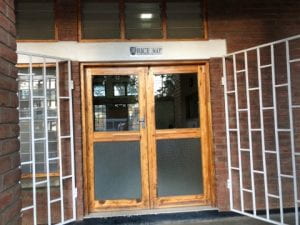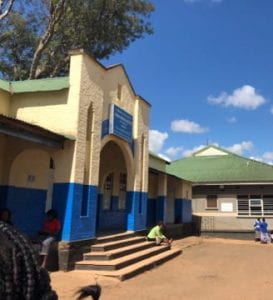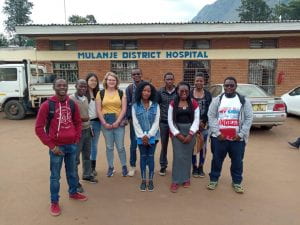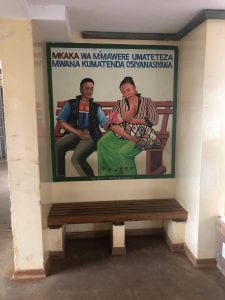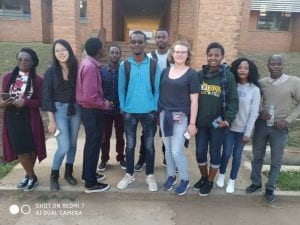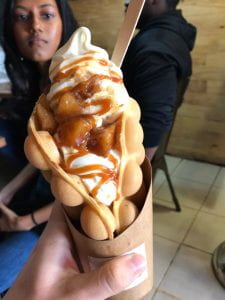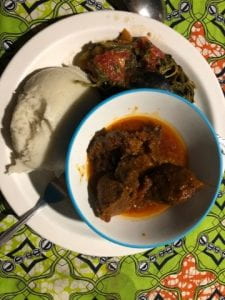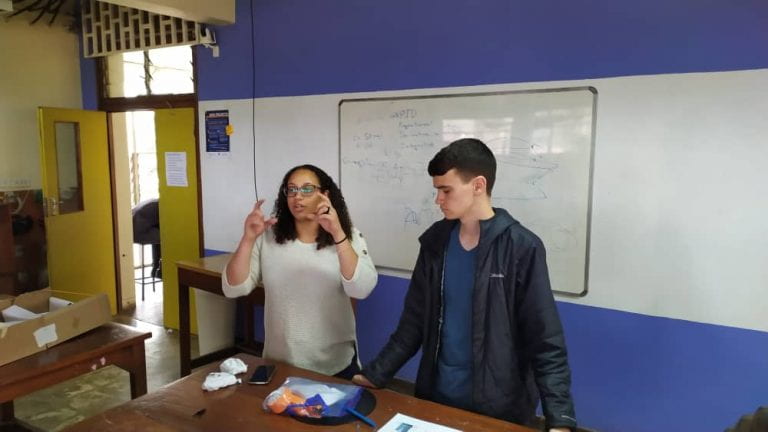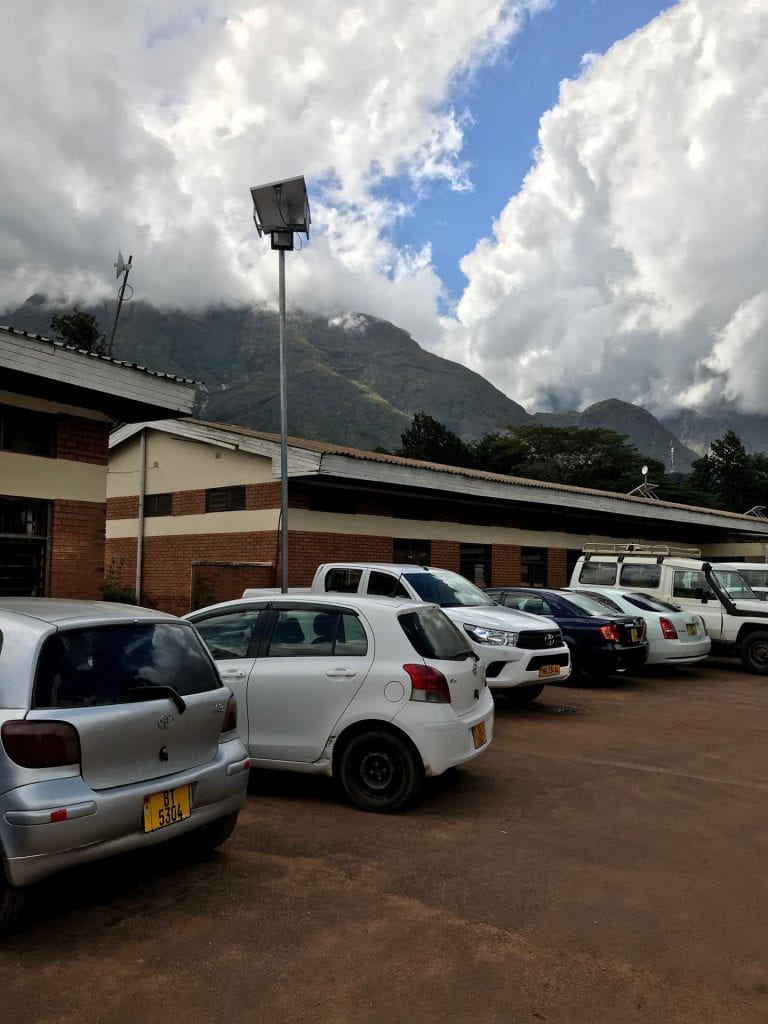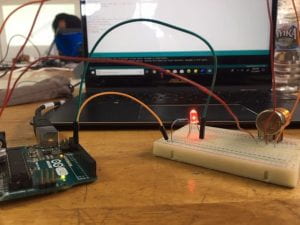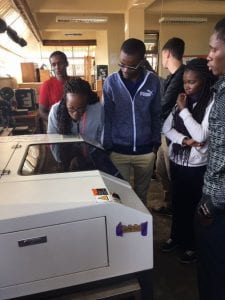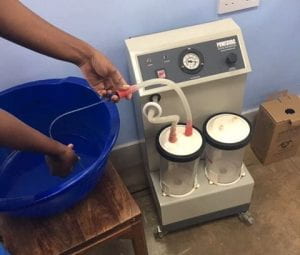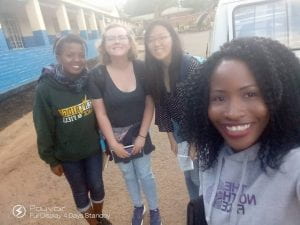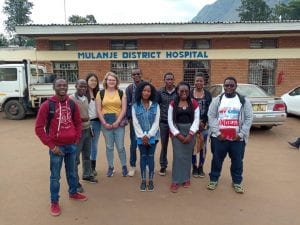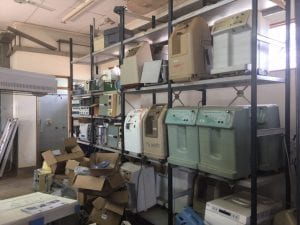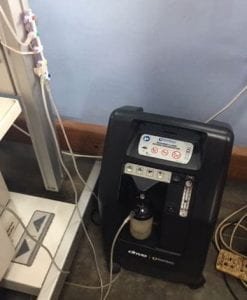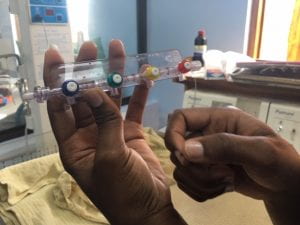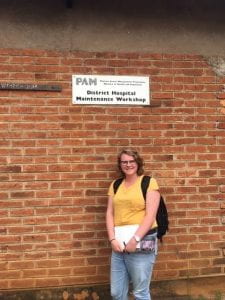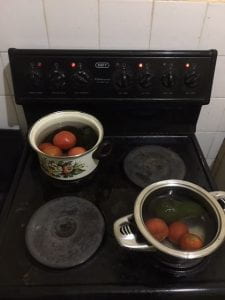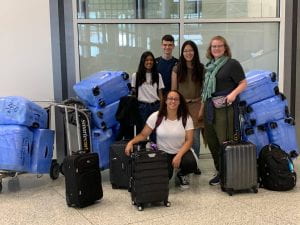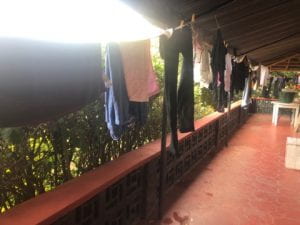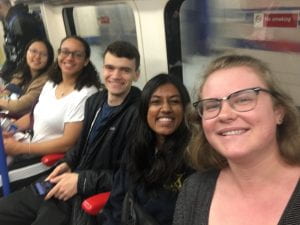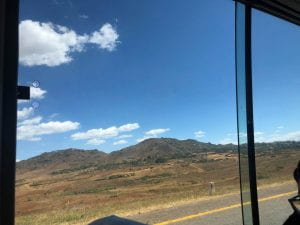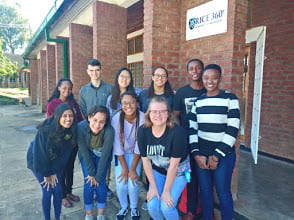This week I’ve been deconstructing my perception of productivity and work. Western cultures such as the United States have a particularly intense approach to work, relative to other countries. We emphasize productivity, efficiency, speed, and punctuality. I grew up seeing myself as a strongly Type A personality, as most Rice students are. I value structured schedules, and I feel infinitely bad when I’m late to a meeting. American culture really lends itself to Type A personalities: Everything is incredibly streamlined. When I go to Starbucks in the United States, there is a predetermined script, and this script barely deviates each time.
“Welcome to Starbucks, what can I get you?”
“I’ll have a grande iced caramel macchiato.”
“Can I get a name for that order?”
“Hannah”
“Thanks, Hannah, we’ll have that right out for you!”
It’s essentially the same exact words every time, no matter what city I’m in or who’s working the register. This makes the interaction super fast and maximizes both the amount of customers Starbucks can serve and the amount of errands I have time to run in one day.
Things are less streamlined here in Malawi. Last Sunday, we shopped for groceries at the Blantyre market for the first time. It was nothing like any grocery-shopping experience I’ve ever had before. For one thing, you need to talk to a completely different person for each item you want to buy. One woman will sell you tomatoes from her beautiful, shining tomato-piles on the sidewalk, then you’ll buy rice from the man at the nearest rice-booth, then you’ll attempt to haggle for oranges (They tend to ask for more money from foreign-looking people like us. 500 Malawian kwacha for one orange? Heck no. We’ll buy them for 100 MWK each, please and thanks). It was great, because everything was so much cheaper at the market than it was at the grocery stores we’d been using before. But, if I’m being honest, the bustle and chaos of the market was a bit much for me. I’m an introvert, and many people compounded with a lot of stimulation is difficult for me. I’m used to shopping alone. In fact, I love grocery shopping in the US. It’s relaxing to take my time perusing each isle in peace, alone with my thoughts. But “alone” is not something that exists in the shopping world of Malawi.
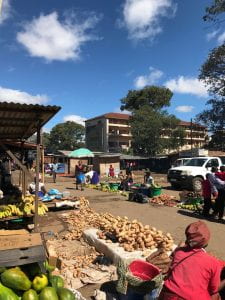
From grocery shopping to scheduling important meetings, everything that the US streamlines is approached differently in Malawi. From the market to the work-place, the pace here is different, and less streamlining demands more focused human-to-human interaction. Based on everything I’ve said so far, it shouldn’t surprise readers to hear that my introverted, Type A self has been struggling with an increased demand for engagement with my surroundings and a more culturally laid-back approach to productivity. I’m used to having each day scheduled out down to the minute, from dawn until 2am. That’s just the life of an engineering student at Rice. However, I quickly learned that my approach to work is different from that of my teammates. As someone who’s been through the whole engineering design process several times before, I thought that I was supposed to be a leader of my team. I spent our whole first week pushing them to match my pace and get as much done each day as we could. Unsurprisingly, I felt some resistance. I know what it feels like to be a leader who is failing to maintain investment from their team, and that’s exactly what I felt during the first week. I was struggling to change the pace that I have been socialized for 20 years to maintain.
During last week, week two, we had a pretty atypical work schedule. On Wednesday afternoon, Dr.L, Karen, and Raj from the Rice 360 office in Houston showed up and spent the day in the design studio. All the Rice interns were so excited to see them, especially since we know that Dr. L’s time at Rice 360 is ending soon. She immediately brightened up the room with her warmth, and we were quick to embrace her in a group hug. It’s an understatement to say that we’re going to miss her so much.
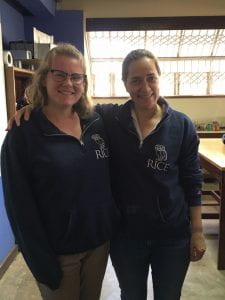
Another atypical event from last week occurred on Friday afternoon, when a few dozen kids showed up in the design studio. Educators at a secondary school were collaborating with faculty at Poly to show secondary school students around the university. They came into the design studio and asked us all to talk to the kids about our work as engineers. Apparently, it was all an effort to convince many of these kids that their educations didn’t have to end after secondary school; College could be a meaningful and accessible opportunity for them. Educational outreach is very near-and-dear to my heart. It was a lot of fun to watch all the interns talk to the kids about our projects and show off various technologies in the design studio.
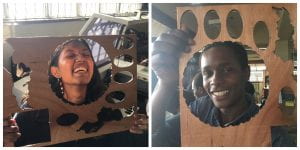
As fun and exciting as all these schedule deviations were, I won’t sugar-coat the fact that they were interruptions. While the fact might be that this week was full of interruptions, the truth is that these interruptions were actually a blessing in disguise. They were completely necessary for me to learn how to slow down and engage with the world around me. I had been struggling with a socialized pressure to work quickly, efficiently, and maximize productivity, and I tried to force a team of Malawian and Tanzanian interns to match my pace. By being forced to slow down, I was given the opportunity to take a breath. I was able to spend some time goofing off with my team and some of the other interns, and it made me feel so much more comfortable in the design studio. Paradoxically, these interruptions actually made my team more productive.
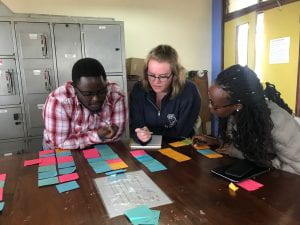
A happy team is a functional team, and after forcing myself to slow down, I could feel my team start to meet me in the middle. I tried to impose an American standard onto an international team of engineers, and I am now learning from my teammates that a western approach to work and productivity is not the only path to success. By slowing down, we are given the opportunity to truly engage with each other, our environments, our clients, and ourselves. As a biomedical engineering student with a future career in global health, learning how to slow down and engage is critical. Like I said to the Biomedical Engineering Student Society when Christina asked me to speak at their inaugural event last weekend, it takes a particular type of person to study bioengineering, as opposed to other engineering fields. Bioengineers care about people. We want to help, to serve. It’s ultimately a love for our communities that drives our studies and our successes, and in order to truly serve our communities we need to learn how to slow down and authentically engage ourselves in the people and places around us.
BONUS CONTENT:
